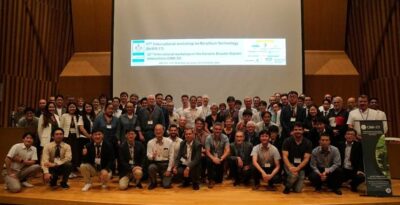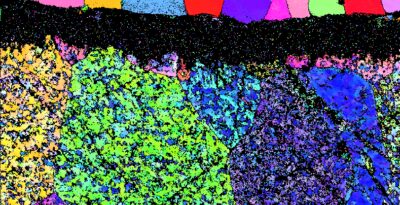Latest News
News List-
What are ultrahigh-flux concerting materials
The word ultrahigh-flux means the state of flow of tremendous energy and matters. The materials used in fusion and fission reactors, aerospace crafts and chemical plants, are exposed to huge heat flow and intense particles beam. The subject of the research unit is creation of self-fitting materials not only damaged under such severe conditions, but transform their own structures to adapt to the ultrahigh flux, as music harmony for concerting.
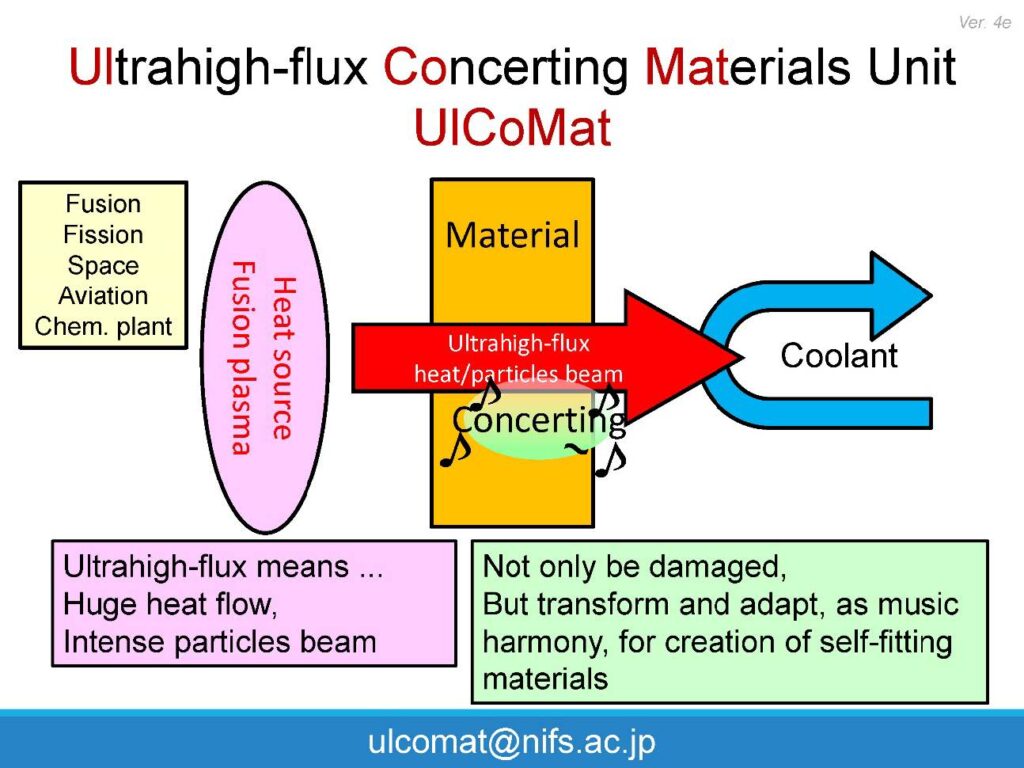
Fig1. Materials concerting with ultrahigh flux. -
Focus of the subject in the research unit
Materials for fusion and other nuclear reactors, aerospace crafts, chemical plants etc. are used under multiplex extreme conditions, where non-equilibrium states are promoted with ultrahigh-flux energy and various particle matters by steep gradient of temperature, stress and compositions, in some cases overlapped with radiation damage due to neutron and other particles irradiation. Such non-equilibrium conditions induce amorphous and metastable compounds (metastable phase), and metastable periodic patterns (dissipative structure) by self-organization of constituent atoms including crystal lattice defects.
New material behavior of so-called adaptation, such as a stop of the deterioration with self-stabilization and even an improvement of the properties, is expected based on profound understanding and utilization of the formation mechanisms for the metastable structures and their contributions to material properties.
Especially for the correlation between the inhomogeneous and various mesoscale structures induced by the self-organization, and the macroscopic material properties, such as material strength, its physics is still incomplete, remains to be very interesting and lively subject of studies. Based on the understanding of the mesoscale structure-macroscale property correlation, stable strengthening and functioning agents are introduced and enhanced, leading to a paradigm shift from resistant materials to adaptive materials under the extreme conditions, in order for creation of novel materials. On the other hand, perfect adaptation is absolutely unrealistic, because materials degradation is unavoidable if the adaptive self-organization is less enough for perturbation of the extreme conditions, accumulation and intrinsic mutation of materials damage structure. This research unit focuses on also the unavoidable materials damage based on the understanding and control of reversibility and irreversibility of materials structure and properties, and seeks long life materials and precision estimation of their life to develop engineering systems using the minimum materials for compatibility with economical and safety requirements.
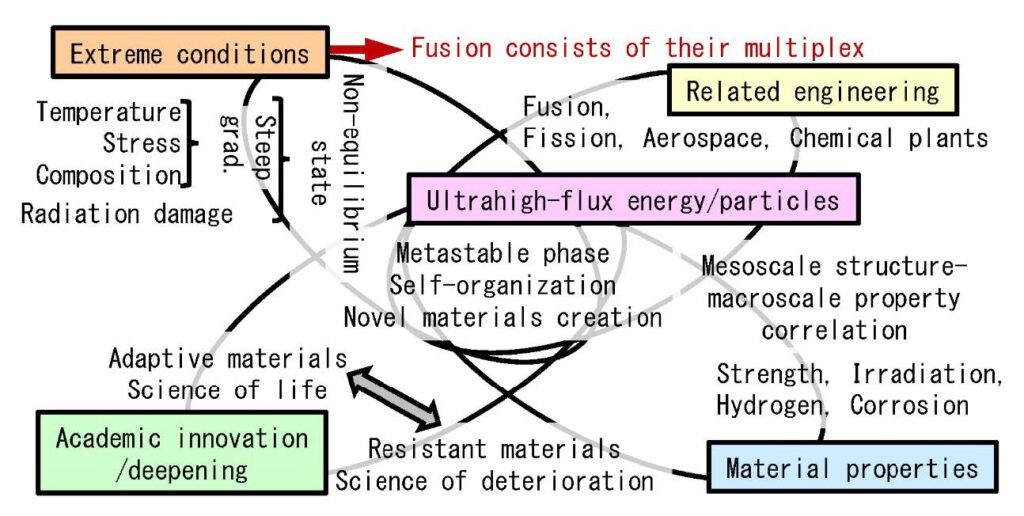
Fig2. Focuses by the research unit. Since fusion environment includes all the multiplex extreme conditions, fusion research can lead the other relating engineering researches. Thus, the research unit investigates and systematizes the physics for adaptation and life of materials, and seeks creation of long-life, high strength and high functioning materials, and establishment of materials theory for life estimation.
-
Formulation of the subjects and strategy for investigation
Microstructures and dynamics of resulting macroscopic material properties will be understood and controlled based on the collective atoms behavior under the non-equilibrium conditions induced by ultrahigh-flux energy and particle matters. The investigations focus on the stability of the strengthening and functioning agents introduced in the material processing, formation of the metastable phase and development of the self-organization structures. The investigations reveal the effects of temperature, stress and composition fields, and radiation on them, including their synergetic effects, and also establish modellings for understanding of their mechanisms.
In order for material adaptation, the research unit makes profound studies on materials design with strengthening and functioning agents surviving or newly formed under the extreme and non-equilibrium conditions. Based on the fundamental mechanisms for the control of physical life of the agents and microstructures, new material theories will be established for understanding and precision estimation of materials life limited by the macroscopic property degradation under the engineering requirements, and also the systems life composed of various materials and their contact interfaces.
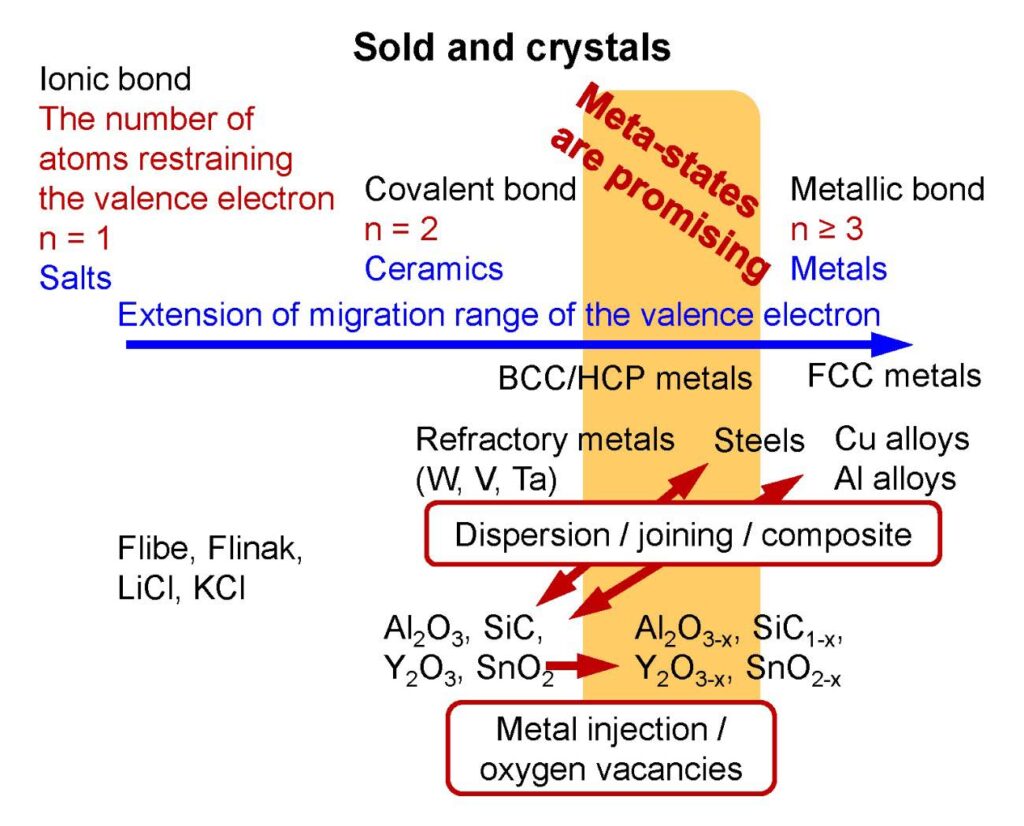
Fig3. Meta-states in the classification of solid and crystals. The research targets are categorized into structural materials and functional materials. The structural materials consist of metals and ceramics. The metallic materials for investigations are (1) refractory metals, where covalent bond is relatively larger than the other metals, and therefore good high-temperature strength is expected as ceramics, and (2) non-refractory metals strengthened by dispersion of refractory ceramic nano-particles. On the other hand, ceramic materials for investigations are to be modified for metallic pseudo-ductility etc. by extrafine fibrillization, joining and composite assembly with metallic materials. Besides, the ceramic functional materials are to be improved by metallic dispersion and introduction of supersaturated non-metallic ion vacancy defects and accompanied metallic bonding, in order for novel and accelerated functional characteristics. In other words, meta-states, such as ceramic metals and metallic ceramics, are more promising to create novel materials
Member
*:Unit Leader
-
Project Researcher Do Duy Khiem
-
Guest Assoc. Prof. HARASHIMA, YosukeAffiliate Nara Institute of Science and Technology
-
Guest Prof. HASHIMOTO, NaoyukiAffiliate Hokkaido University
-
Assoc. Prof. KOBAYASHI, MakotoFields Ceramics, Physical chemistry, Hydrogen isotope applications
-
Assoc. Prof. MUKAI, KeisukeFields Material chemistry, Fusion blanket materials
-
Prof. NAGASAKA, TakuyaFields Metals, Strength, Fusion reactor structural materials
-
Assist. Prof. NOTO, HiroyukiFields Metals, Metallurgy, Material systems & processing
-
Assist. Prof. SHEN, JingjieFields Metals, Histology, High heat flux plasma facing wall
-
Assoc. Prof. TAKAYAMA, SadatsuguFields Ceramics, Electromagnetics, Microwave applications
-
Prof. TANAKA, Teruya (Unit Leader, Chairperson)Fields Ceramics, Materials science, Fusion reactor systems
External Member
-
CHIKADA, TakumiAffiliate Shizuoka University, Assoc. Prof.
-
HINOKI, TatsuyaAffiliate Kyoto University, Prof.
-
KATAYAMA, KazunariAffiliate Kyushu University, Prof.
-
KONDO, SosukeAffiliate Tohoku University, Assoc. Prof.
-
OKA, HiroshiAffiliate Hokkaido University, Assoc. Prof.
-
OONO, NaokoAffiliate Tohoku University, Assoc. Prof.
-
YAMAUCHI, YujiAffiliate Hokkaido University, Assoc. Prof.
Publications
Contact
Email:ulcomat

